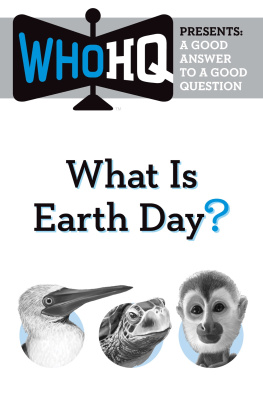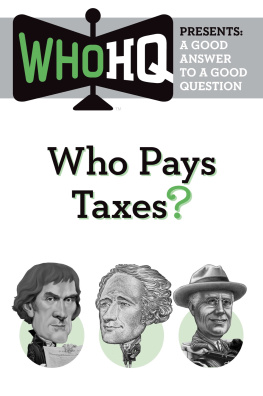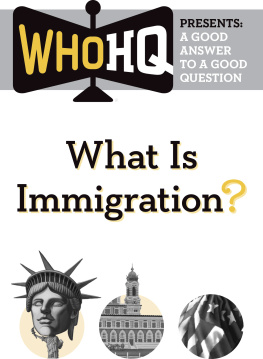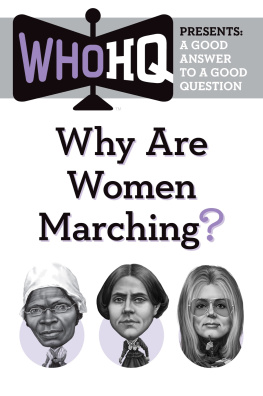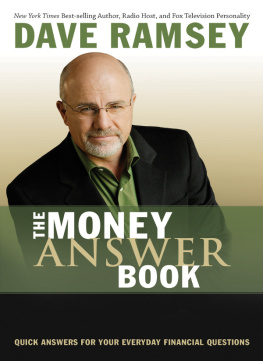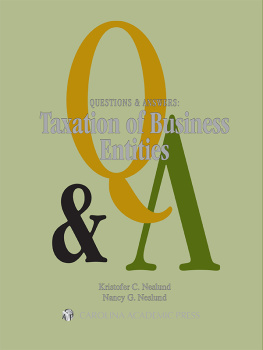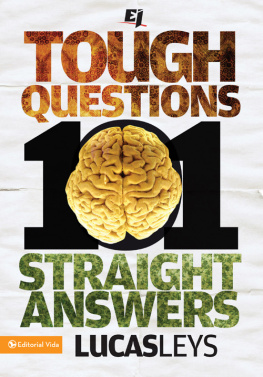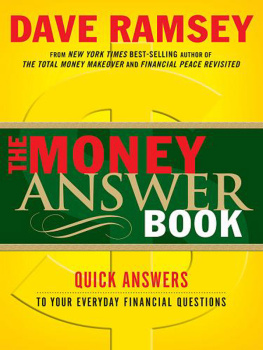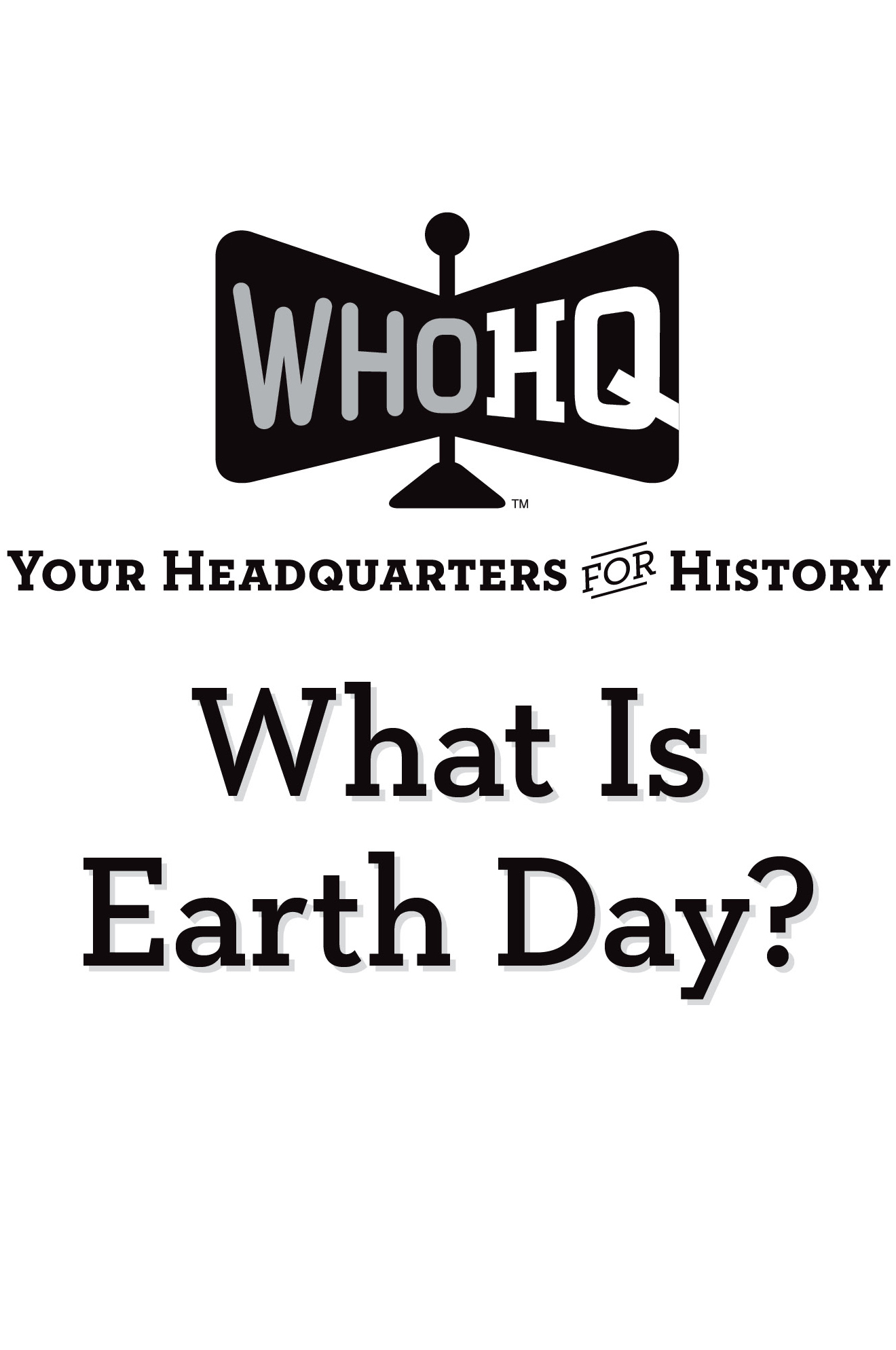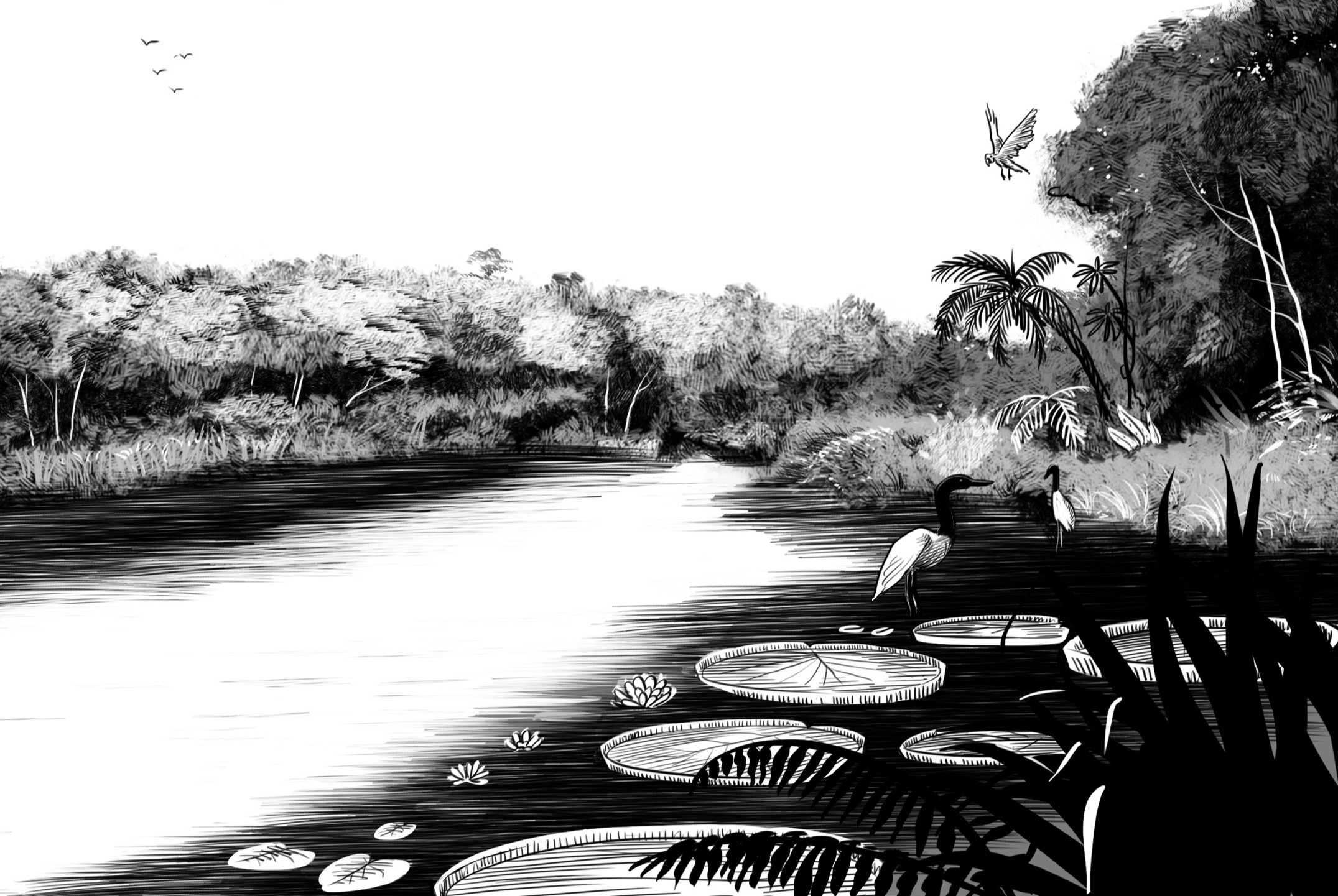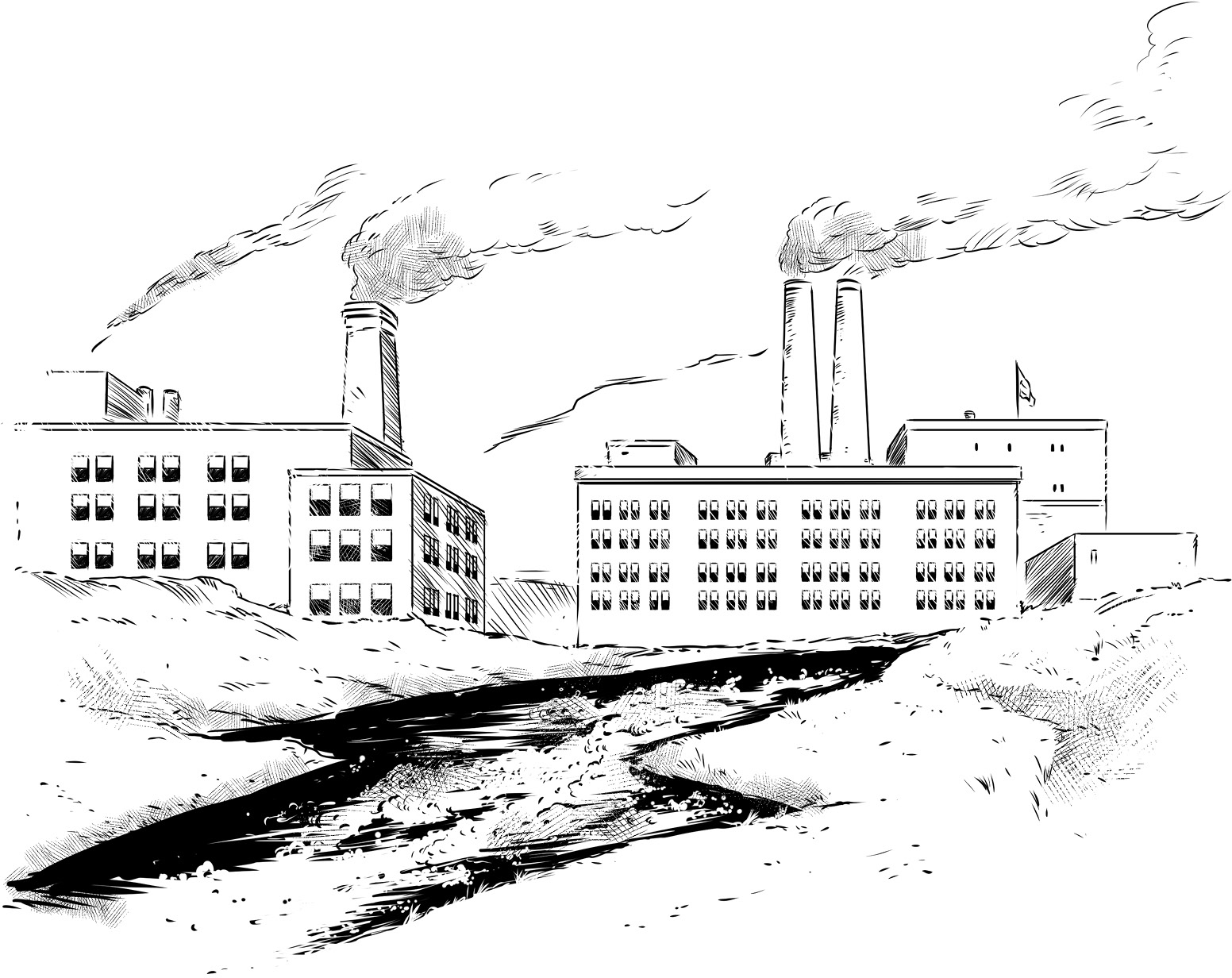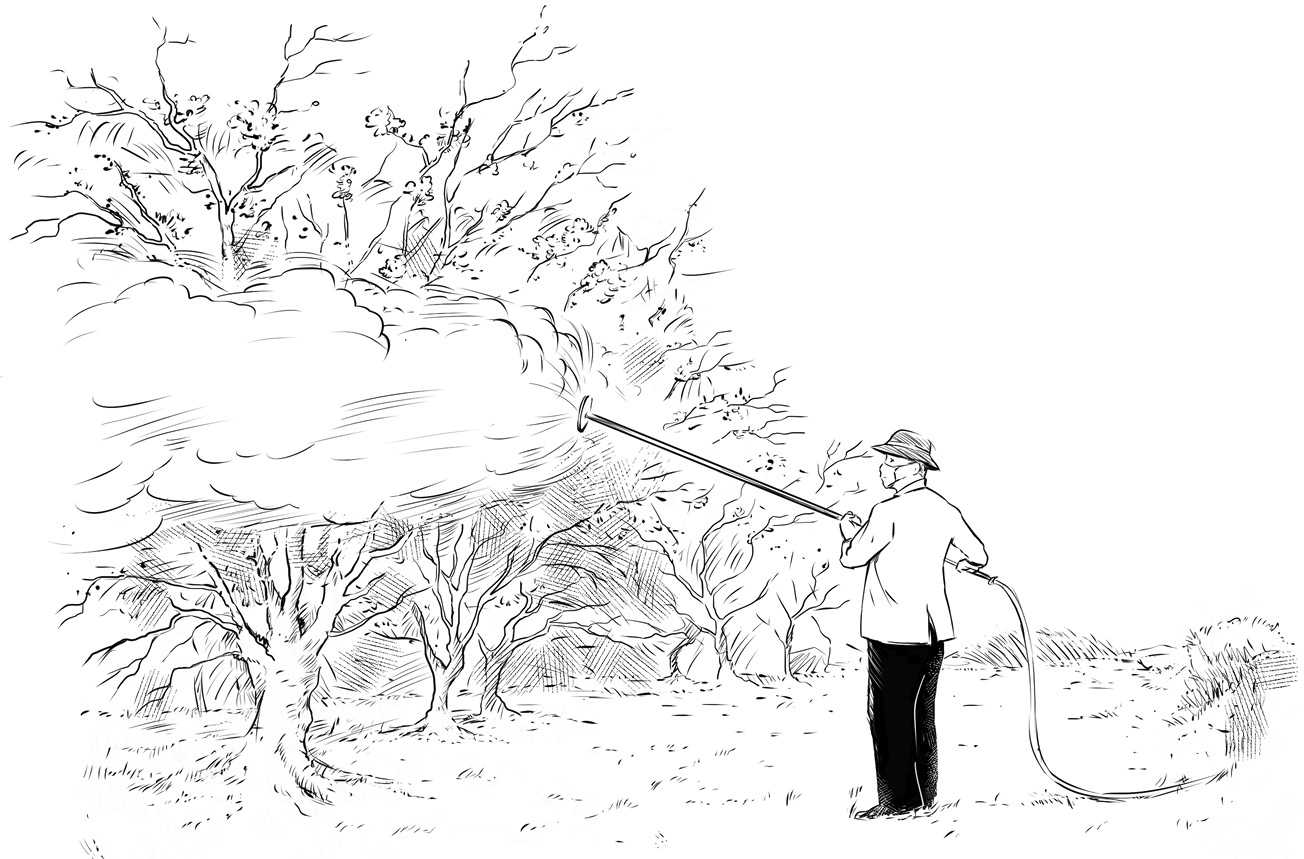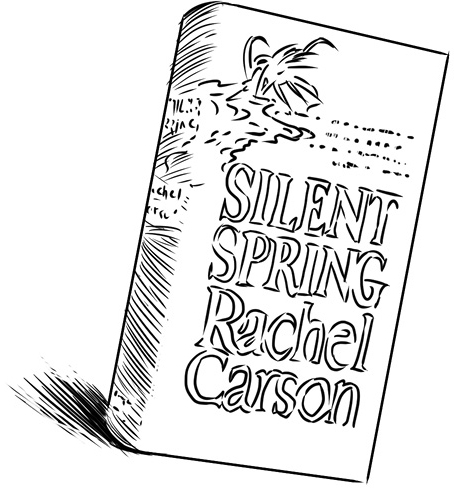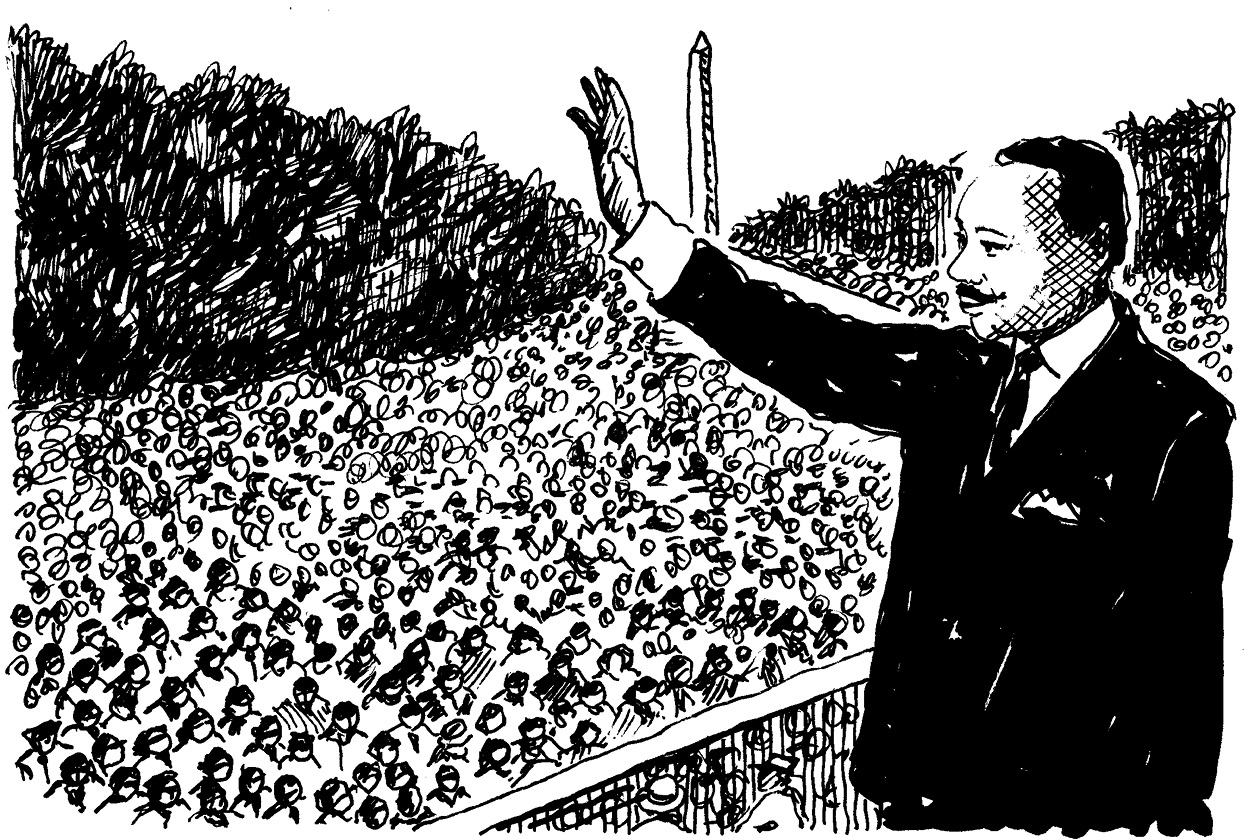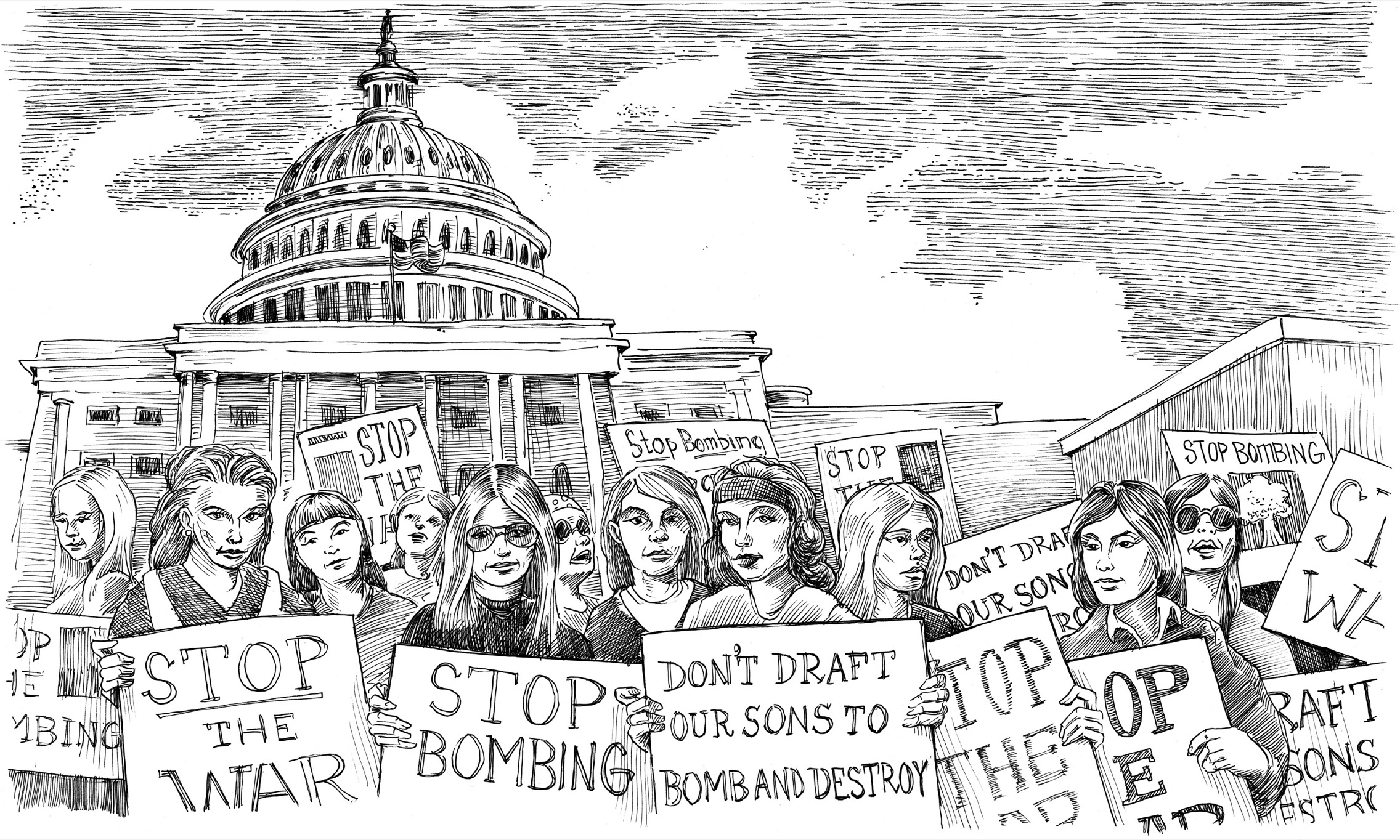PENGUIN WORKSHOP
Penguin Young Readers Group
An Imprint of Penguin Random House LLC

Penguin supports copyright. Copyright fuels creativity, encourages diverse voices, promotes free speech, and creates a vibrant culture. Thank you for buying an authorized edition of this book and for complying with copyright laws by not reproducing, scanning, or distributing any part of it in any form without permission. You are supporting writers and allowing Penguin to continue to publish books for every reader.
Text and cover illustrations copyright 2017 by Penguin Random House LLC. Illustrations of protesters copyright 2014 by Max Hergenrother. Illustration of Congress copyright 2005 by Jill Weber. Illustration of Martin Luther King Jr. copyright 2008 by Elizabeth Wolf. Remaining interior illustrations copyright by Penguin Random House LLC. Published by Penguin Workshop, an imprint of Penguin Random House LLC, 345 Hudson Street, New York, New York 10014. PENGUIN and PENGUIN WORKSHOP are trademarks of Penguin Books Ltd, and the WHO HQ colophon is a trademark of Penguin Random House LLC.
ISBN 9781524786724
Version_1
Befuddled by a headline that keeps zipping across the news ticker?
Wondering whats true or false in the latest Twitter war?
Cant remember what hallowed history a holiday celebrates?
What do you want to know?
Sometimes you just need a quick primer or refresher on a certain point in order to really understand what youre reading, watching, or listening to. But research is tricky and takes time. Google something? Sure. But what if you get a bazillion hits? Which do you click and how do you know what site to trust?
Good questions need good answers from a reputable sourceand that would be us, the big-head, big thinkers deep inside WHO HQ. Weve developed these fun, single-focus e-books to answer important questions factually and fast. Well help you get a handle on essential concepts, inventive ideas, interesting people, innovative social and political movements, and breakthrough science, so youre ready to roll.
Start here...
What Is Earth Day?
Earth Day: a simple, straightforward name for an event that honors our big, complicated planet.
Each April 22, people around the world celebrate Earth Day in a global festival that acknowledges the environment and all living things on our third rock from the sun. More than one billion people participate. Underneath all the banners and globe balloons, throughout all other public displays and parades on this day, is an urgent message: Save the Earth.
So how did this fresh-air festivity with a mission get started?
Back in the Deadly Day...
The environmental movement wasnt always as widespread as it is todaythough there has been a strong need for it pretty much since the Industrial Revolution began late in the eighteenth century. By the middle of the twentieth century, the effects of all that industrialization were inescapable: In a town near Pittsburgh, in 1948, a cold layer of air trapped a toxic mix of pollutants from a local zinc plant and steel mills; twenty people were killed and an estimated seven thousand sickened by the thick, yellowish fog. Four years later, a similar thing happened in London and at least four thousand people died. The smog and soot that are the by-products of many industries created serious health problems and had a negative impact on the environment. Coal-powered factories also produced acid rain, which harms plants, fish, soil and forests.
Car ownership doubled in the United States between 1950 and 1960, leaving big cars that required lots of leaded gas parked in almost every driveway. Cars today are considered 99 percent cleaner of common pollutants like hydrocarbons, carbon monoxide, and particle emissions than they were in the 1960s, when they accounted for 60 percent of the pollutants discharged into the air in the United States.
Not So Silent Now
In 1962, Gaylord Nelson, a former governor of Wisconsin who was a champion of conservation in his home state, was elected to the US Senate. He had used his three terms as Wisconsins governor to create the Outdoor Recreation Acquisition Program, which funded the purchase of one million acres of land for public parks and wilderness areas. Senator Nelson was passionate about changing the laws to help the environment. His goal was to get lawmakers and civilians together to create a modern environmental movement.
Other advocates were also advancing this cause at the time, especially scientist Rachel Carson, whose influential and widely read book Silent Spring sounded the alarm about the dangerous effects of pesticides. Headline-making news like Clevelands heavily polluted Cuyahoga River catching fire in 1969 showed the effects of chemical waste disposal. The public started paying attention.
Higher Learning in Action
The 1960s was a period of great upheaval, much of it centered on college campuses. Students opposed the war in Vietnam, marched for civil rights, and raised awareness for womens rights issues. They also worked to raise awareness of the dangers of things like oil spills, pesticides, unchecked release of pollutants, and animal welfare. They held teach-ins designed to educate people on the issues and keep the public informed.
Senator Nelson wanted to bring all these causes and conservation-minded people together. He came up with the concept for Earth Day in 1969. Denis Hayes, a young activist from Stanford University, signed up to be Earth Days first national coordinator. Congressman Pete McCloskey of California signed on as co-chairman. Together, they organized a large group of student volunteers and staff members to stage Earth Day rallies across the country.
Rally Cry
The response to Earth Day was hugetwenty million Americans huge. On April 22, 1970, people thronged to rallies all across the country, calling on the government to take action. New York City closed off part of Fifth Avenue to make way for marchers. In Washington, DC, thousands of people listened to speeches by environmentalists and others; Congress even called a recess so members could take part in Earth Day.

